
China Building Large Laser-Ignited Fusion Research Facility in Mianyang, Experts Say
China appears to be constructing a massive laser-ignited fusion research center in the southwestern city of Mianyang, a development that could advance nuclear weapons design and energy research, according to experts from two independent analytical organizations.
Satellite imagery reveals a structure with four outlying “arms” housing laser bays and a central experiment bay designed to hold a target chamber containing hydrogen isotopes. The powerful lasers will fuse these isotopes, generating energy, explained Decker Eveleth, a researcher at U.S.-based CNA Corp, Reuters Reported.
The facility bears a strong resemblance to the $3.5 billion U.S. National Ignition Facility (NIF) in California, which in 2022 achieved a historic breakthrough—producing more energy from a fusion reaction than was delivered by the lasers, known as scientific breakeven. Analysts at the James Martin Center for Nonproliferation Studies (CNS) estimate that China’s experiment bay is 50% larger than NIF, currently the world’s largest such facility.
This development has not been previously reported.
Experts believe the new facility could enhance China’s ability to refine existing nuclear weapons designs and develop new ones without conducting live nuclear tests.
“Any country with an NIF-type facility can improve their weapons designs and test concepts without actually detonating nuclear devices,” said William Alberque, a nuclear policy analyst at the Henry L. Stimson Center.
China’s Foreign Ministry referred inquiries to the “competent authority,” while the Ministry of Science and Technology did not respond to requests for comment. The U.S. Office of the Director of National Intelligence also declined to comment.
In November 2020, former U.S. arms control envoy Marshall Billingslea shared satellite images suggesting a Chinese nuclear buildup in Mianyang, highlighting a cleared plot labeled “new research or production areas since 2010.” According to construction documents reviewed by Eveleth, this site is now home to the Laser Fusion Major Device Laboratory, the new fusion research center.
Fusion research plays a dual role—advancing clean energy technology while offering insights into nuclear detonation mechanics.
The Comprehensive Nuclear Test Ban Treaty, signed by both China and the U.S., prohibits nuclear test explosions but allows subcritical testing (which does not trigger a nuclear chain reaction) and laser fusion experiments like those conducted at NIF.
According to Siegfried Hecker, former director of Los Alamos National Laboratory, laser fusion research is crucial for maintaining the safety and reliability of nuclear arsenals. However, for a country like China, which has conducted only 45 nuclear tests compared to 1,054 by the U.S., the value of such experiments may be more limited due to a smaller historical data set.
“I don’t think this gives China a major advantage,” Hecker noted. “I’m not concerned about them surpassing us in nuclear capabilities.”
Other nuclear powers—including France, the UK, and Russia—also operate inertial confinement fusion facilities.
The size of China’s facility suggests designers estimate significant energy input will be required to achieve ignition, said Omar Hurricane, chief scientist for inertial confinement fusion at Lawrence Livermore National Laboratory, which operates NIF.
“Today, you could build a facility just as powerful as NIF—or even more powerful—with a smaller footprint,” Hurricane said. However, he cautioned that scaling down too much could make experimental fusion impossible.
Despite concerns over the military applications of laser fusion research, Hurricane emphasized that scientific progress is difficult to contain.
“It’s hard to stop science from advancing,” he said. “People can use science for different purposes—and that’s always a complex issue.”
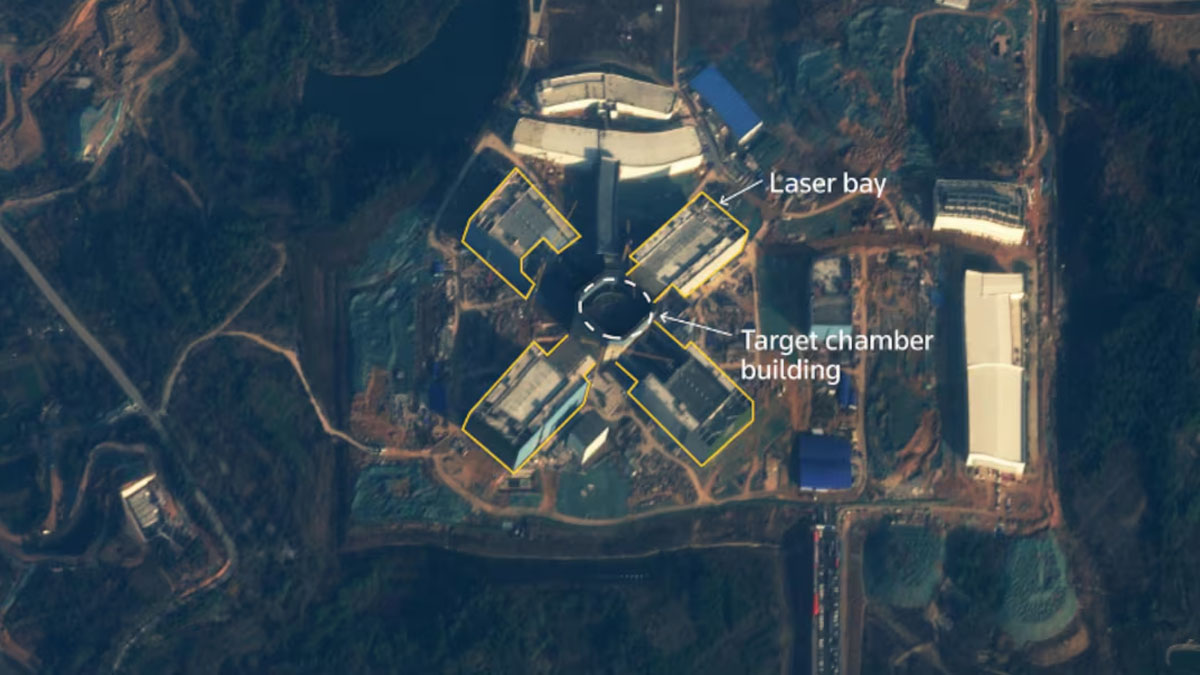

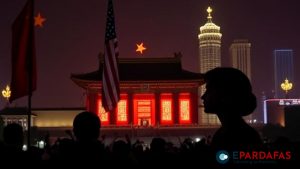

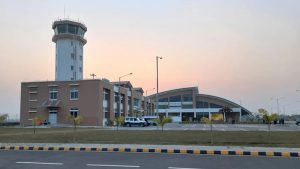


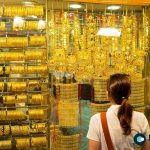




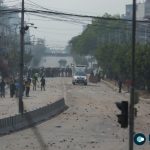
Comments